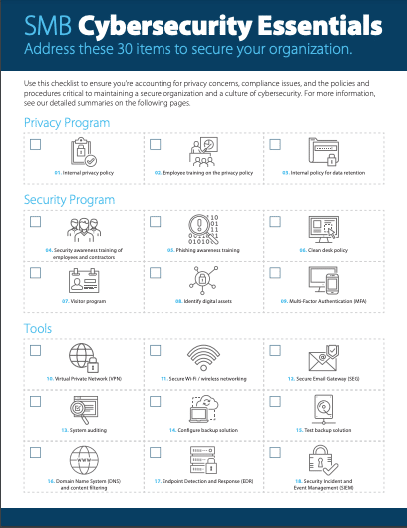The average business can have well over a thousand user accounts spread over many different online platforms and services. Securely managing all of these logins can get difficult, especially since users are usually left to handle different complex passwords. This is why business managers and leaders should look into enabling single sign-on.
What is single sign-on (SSO)?
Single sign-on allows you to use one username and one password to provide secure access to multiple websites. If you’ve ever clicked “Continue with Google” on a non-Google website, you’ve already enjoyed the benefits of SSO. It’s faster, simpler, and more secure. With SSO, small businesses can accomplish the same level of efficiency between their employees and cloud platforms.Instead of requiring in-office and remote workers to track separate accounts for Office 365, Slack, Trello, and other cloud apps your company uses, you can give them a single set of credentials and manage what they have access to remotely. All employees have to do is come enter their designated username and password, and they’re all set for the day.
Why is SSO more secure?
There are a number of ways to set up a small-business SSO solution, but most of them focus on removing login information from your servers. Usually, you’ll provide your employees’ logins to an SSO provider (sometimes referred to as an Identity-as-a-Service provider) and each employee will receive a single login paired with a secondary authentication — like a biometric scan like iOS’s FaceID, or a one-time PIN (OTP) code sent to a personal device.Every time one of your employees visits a cloud platform, such as Office 365 or Google Workspace, the SSO provider will verify the user’s identity and the connection’s security. If anything goes wrong, your IT provider will be notified.
Should your network or any of the devices connected to it gets compromised, hackers would find nothing but logins to your SSO accounts, which are meaningless without fingerprints or mobile devices.
How to get started with SSO
The first step is making sure you have a healthy and responsive IT support system. You need a team that’s constantly available to review suspicious alerts and troubleshoot employee issues. If you don’t currently have that capacity, contact us today and we’ll help you out!Download this
Cybersecurity Essentials
Checklist
to make sure your business is safe from all types of cyber attacks.
By downloading this, you are agreeing to get emails from us. We promise, we will not spam you. And you are free to unsubscribe anytime you want. We hope you won't do as we have more awesome content comin!

